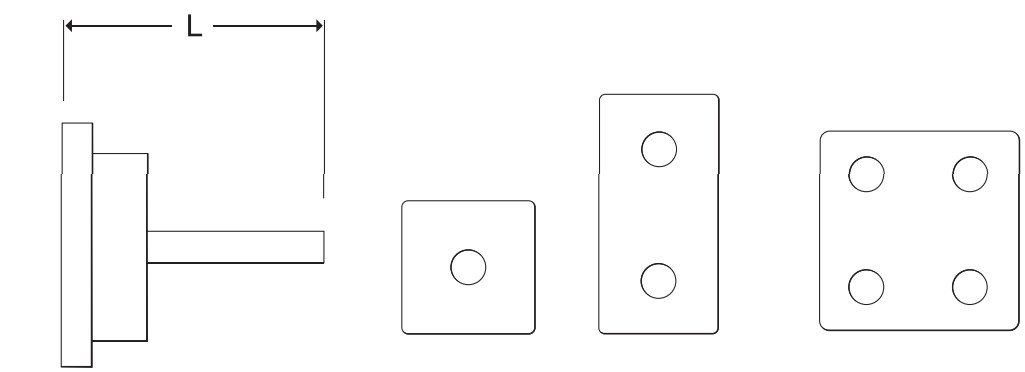Earth Bonding Points
Earth bonding points, also known as grounding points or earthing points, play a crucial role in electrical and safety systems. These points are designed to establish a connection between electrical equipment and the Earth, creating a path for the safe dissipation of electrical currents and preventing the buildup of static electricity. The primary purpose of earth bonding points is to protect people, equipment, and structures from the harmful effects of electrical faults, such as short circuits or lightning strikes.
In practical terms, earth bonding points are usually metal connections that link various components of an electrical system to the ground. This connection ensures that in the event of a fault, excess electrical energy is efficiently directed into the ground rather than posing a risk to users or causing damage to equipment. Earth bonding is a fundamental aspect of electrical safety standards and is employed in a wide range of settings, from residential homes and commercial buildings to industrial facilities.
Properly implemented earth bonding points contribute to the overall safety and reliability of electrical systems by reducing the risk of electric shock, minimizing the potential for fires, and protecting sensitive electronic equipment. Regular inspections and maintenance are essential to ensure the effectiveness of earth bonding points and adherence to safety regulations in various industries.




